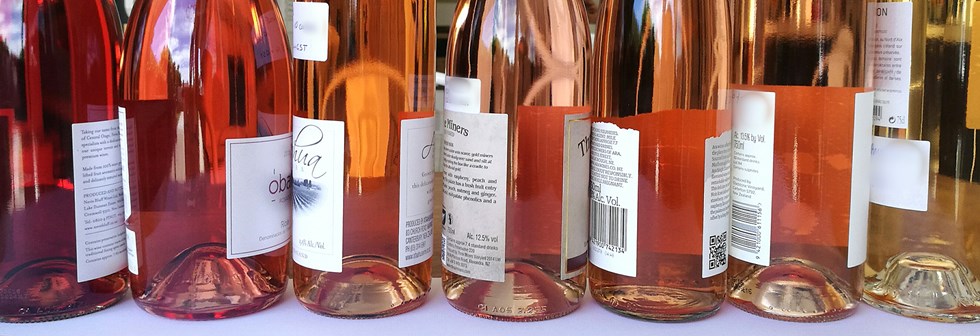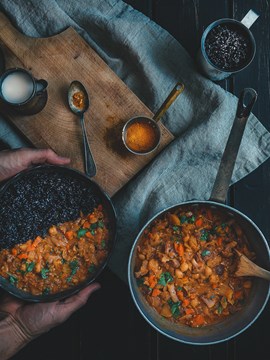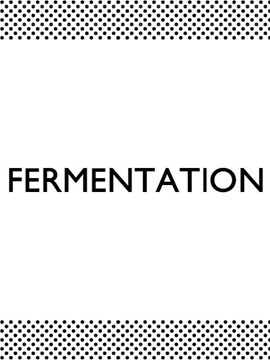Rosé might look like a blend of red and white, but it’s definitely not made that way — at least not usually. In this post, we’ll tell you all about how everyone’s favourite summer stunner is produced, all the way from those juicy berries on the vine to the bottles we send you in your WineFriend boxes. Read on for the goods!
Making red and white wine vs. making rosé
If you haven’t already read our guide on how wine is made, now would be an excellent time to educate yourself! For the most part, the rosé-making process adheres to the steps in traditional winemaking (harvest, sorting, destemming, fermenting, etc.), but there are some key differences that give us the pink drink we love to sip on all summer long.
The biggest difference between red, white, and rosé is the amount of time the juice spends in contact with the grape skins. White grapes are crushed and pressed (meaning they’re removed from their skins) almost immediately after sorting and destemming in order to get their namesake colour.
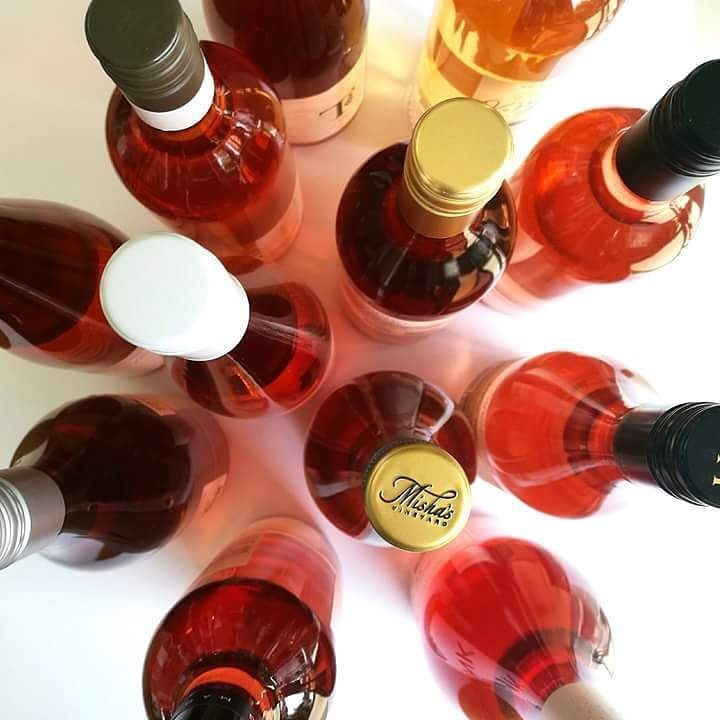
Red wines, on the other hand, actually get their colour from their skins and seeds — so it’s necessary to keep the two together throughout fermentation. The longer a wine stays in contact with its skins, the deeper the resulting colour will be and (often) the more intense the body and flavour. This is why red wines are pressed after fermentation rather than before; if it were the other way around, like it is with white wines, red wines wouldn’t actually be all that red.
So if white wines see little to no contact with their skins and red wines are the opposite, how then does rosé come to be?
The different paths to a ravishing rosé
Rosé runs a gorgeous gamut from palest pink to nearly red — and a given example’s colour depends on the varietal it’s made from and how long the juice spends with the grape skins.
There are a few different methods a winemaker can use to produce rosé, and each makes a uniquely different wine.
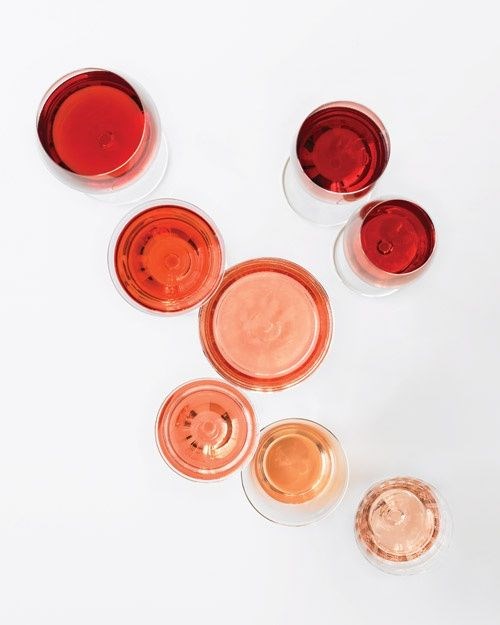
The most common of these methods, limited skin contact, hews closely to the process used to make reds — but instead of leaving the skins with the juice throughout fermentation, the two stay in contact for only a number of hours (up to about 48) before the juice is racked (separated from the skins) and put into fermentation. If the two stay together longer, the rosé will be darker and often more flavoursome. If they’re together for only a few hours, though, you’ll get a lighter wine with lighter characters.
Another rosé-making technique, known as ‘saignée’ (French for ‘to bleed’), essentially truncates the early stages of red winemaking to produce a lighter-coloured red with fresher, cleaner flavour. This method involves ‘bleeding’ off a portion of red juice early in the process and allowing it to undergo fermentation separately from its mother juice. Saignée rosés usually show greater colour saturation and more concentrated body than other styles. These are the ‘big’ rosés.
Across the spectrum from saignée are the very palest options — the ones that can look almost like water. These are nearly always crafted by direct-pressing, which is basically white winemaking applied to red grapes, meaning the fruit is pressed immediately after sorting and destemming to remove the skins. This way, you get the absolute minimum colour depth, with hue variations resulting from the naturally different colours of the grapes themselves.
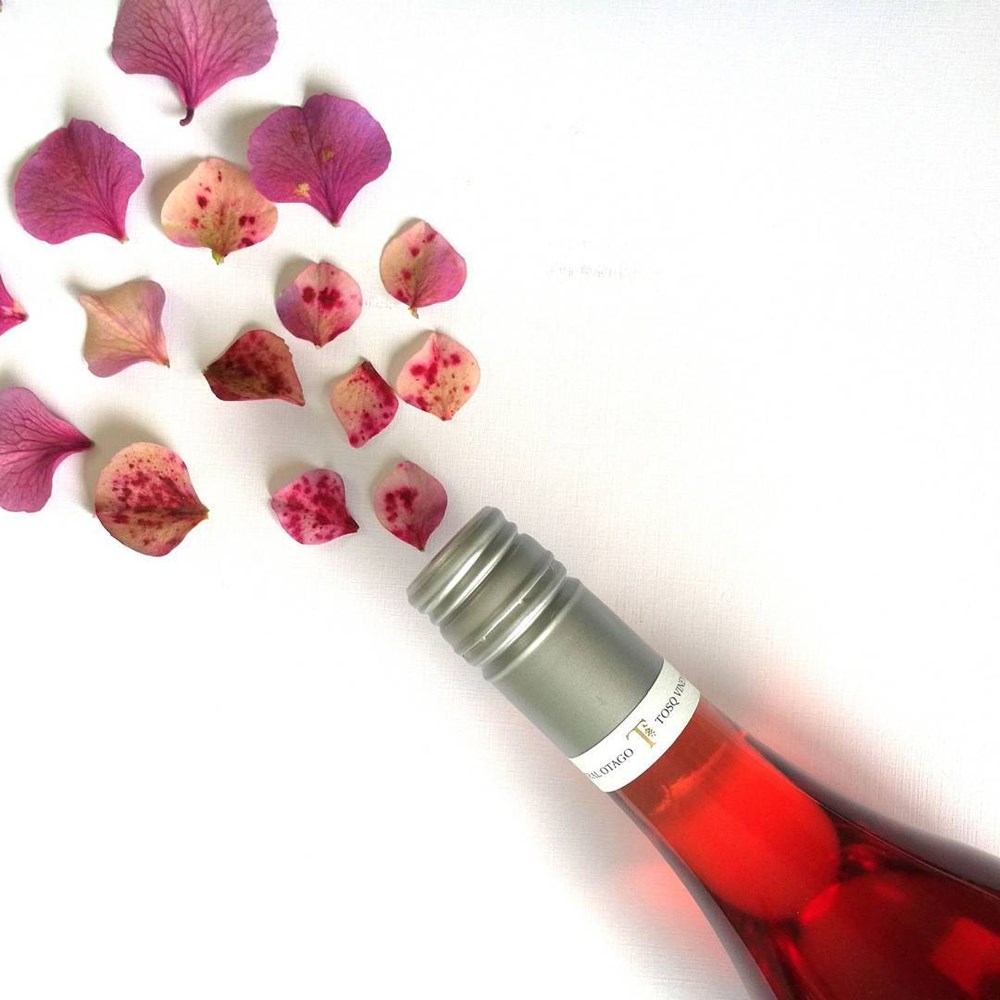

The final technique is the least common — which is ironic, since it’s often the way people assume all rosé is made. Blending red and white wine does happen occasionally, but for the most part, it’s regarded as an inferior approach. Pink sauvignon blanc, anyone?
Which grapes are used to make rosé?
A beautiful pink tipple can be made from just about any red grape (or blend of red grapes) a winemaker desires. Common varietals used to make rosé include pinot noir, grenache, cinsault, syrah, malbec, and tempranillo, among many others — and as you can imagine, the natural characteristics of a given grape have a big impact on the profile of the resulting wine.
A quick cheat sheet
You’re a rosé master now! To wrap things up, here’s a super-quick rundown of what we just discussed:
Limited skin contact rosé:
- Made by only allowing the juice to sit with the skins for a short period of time
- Longer contact = darker colour and deeper flavour
- Shorter contact = lighter colour and lighter flavour
Saignée rosé:
- An offshoot of red wine production in which a portion of juice is ‘bled off’ early in the process to retain a lighter colour
- Results in big, rich rosés with more oomph and savoury characteristics
Direct-press rosé:
- White winemaking applied to red grapes, meaning the fruit is pressed immediately to remove it from the skins
- Makes the palest rosés available, often with lifted notes of strawberry and melon
Red-and-white-blended rosé:
- Made by literally blending red and white grapes to achieve a pink colour
- Produces varying styles depending on the varietals and proportions involved
What’s your favourite type of rosé? Are you interested in seeking out any of these styles in particular? Hit us up on social to share your thoughts!
Want more rosé in your life? Your wish is our command! Go here to join the WineFriend family.
